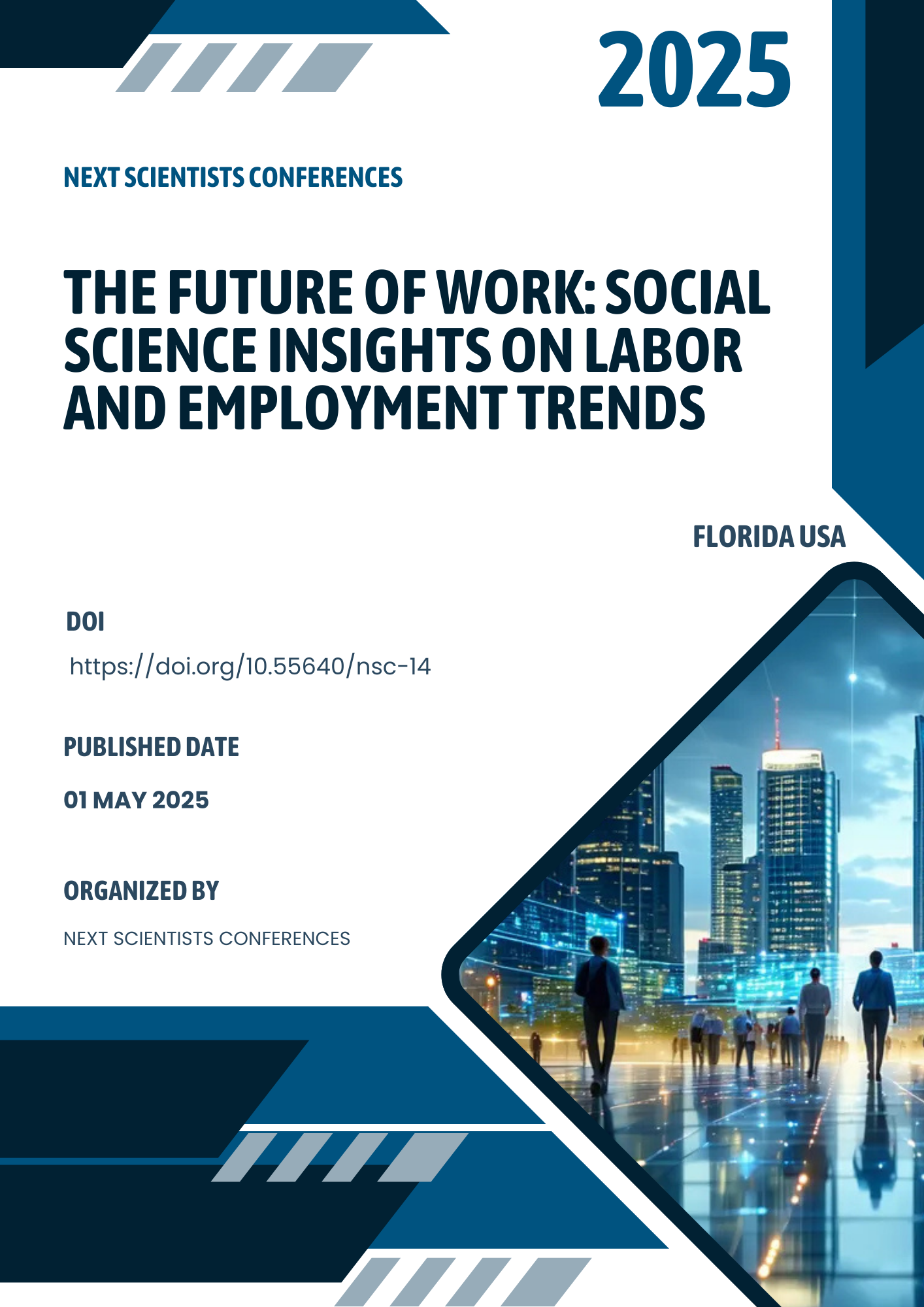EFFECTIVE METHODS OF USING VIRTUAL REALITY TECHNOLOGIES IN TEACHING HUMAN ANATOMY AND PHYSIOLOGY
Keywords:
Virtual reality, anatomy education, physiology instructionAbstract
Virtual reality (VR) has progressed from an experimental adjunct to a credible instructional medium for the anatomical and physiological sciences. Growing empirical evidence shows that immersive three-dimensional visualisation, interactive manipulation of organs, and real-time simulation of physiological processes can deepen conceptual understanding, reduce cognitive load, and partially substitute for cadaveric resources where shortages persist. This study analyses the pedagogical effectiveness of VR in undergraduate anatomy and physiology courses and proposes an integrative methodology that aligns VR sessions with established learning cycles. A mixed-methods design combined a narrative synthesis of twenty-nine peer-reviewed studies published between 2022 and 2025 with a quasi-experimental classroom intervention conducted at the Department of Natural Sciences, Shahrisabz State Pedagogical Institute. Quantitative gains in examination scores and qualitative improvements in spatial-reasoning narratives indicate that properly scaffolded VR modules significantly outperform traditional practicum alone. Nonetheless, technical friction, motion discomfort, and sporadic instructor resistance temper the magnitude of benefit. The article concludes that efficacy depends less on hardware sophistication than on thoughtful curricular positioning, iterative formative assessment, and systematic instructor development.
References
Gopalakrishnan V., Ghosh S., Khalil M. Efficacy of virtual reality and augmented reality in anatomy education // Anatomical Sciences Education. 2024;17(2):201-218. DOI:10.1002/ase.2501.
Xu Z., Li Y., Wang J. Effect of virtual reality simulation on anatomy learning outcomes: a systematic review // Cureus. 2025;17(1):e16042. DOI:10.7759/cureus.16042.
Liu Q., Chen H., Zhao Y. Effectiveness of VR-based human anatomy simulation training for undergraduate medical students // BMC Medical Education. 2025;25(4):402-411. DOI:10.1186/s12909-025-07402-5.
Martinez-Garcia M., Masiello I., Mäkelä K. Effectiveness of virtual reality on medical students’ academic achievement in gross anatomy // BMC Medical Education. 2024;24(1):6402. DOI:10.1186/s12909-024-06402-1.
Alghamdi A., Smith C.F., Kavanagh K. Exploring the promise of virtual reality in enhancing anatomy curricula // Frontiers in Virtual Reality. 2024;2:1369794. DOI:10.3389/frvir.2024.1369794.
Rahimov N., Abdullaeva D. Immersive virtual reality and augmented reality in anatomy education: a meta-review // Anatomical Sciences Education. 2023;16(5):730-745. DOI:10.1002/ase.2397.
UNESCO. Immersive technologies in health care education: a global meta-analysis. Paris: UNESCO Publishing; 2023. 96 p.
The Times. The great cadaver shortage: inside doctors’ latest crisis. 2023-03-14. Accessed 2025-06-09.
Kovalenko O., Petrenko P. A practical framework for developing a virtual reality-based anatomy education application // Scientific Reports. 2025;15(1):96074. DOI:10.1038/s41598-025-96074-8.
Chen H., Lou H., Wang S. The potential of immersive virtual reality to enhance learning: a meta-analysis // Learning, Culture and Social Interaction. 2023;38:100645. DOI:10.1016/j.lcsi.2023.100645.


